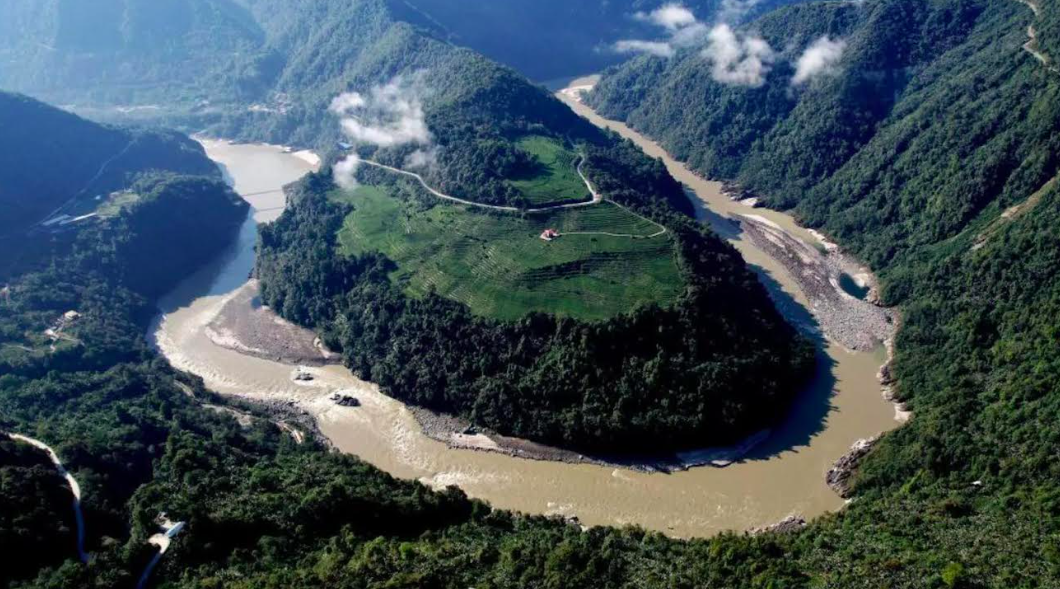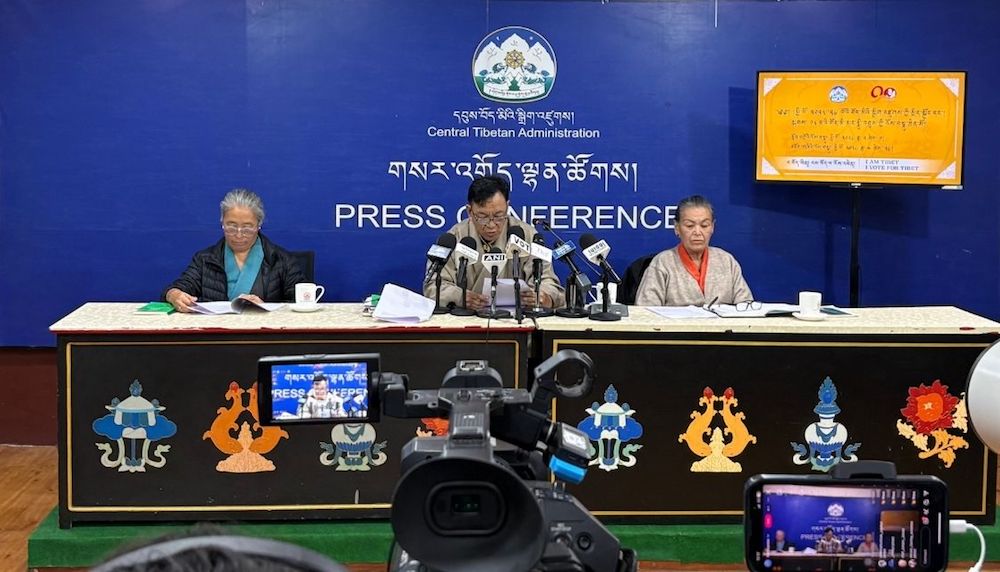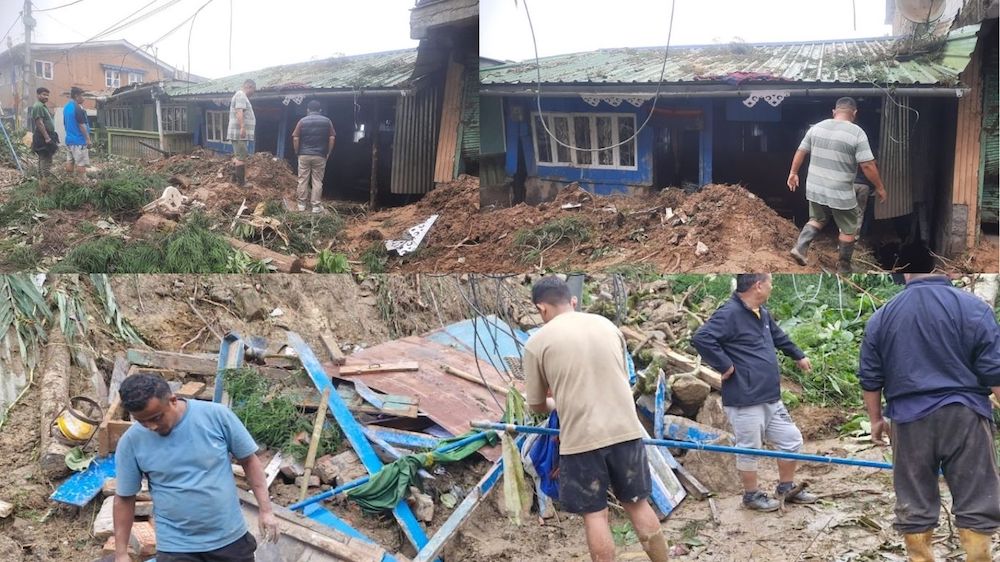Tenzin Nyidon
DHARAMSHALA, July 24: China has defended the construction of a massive hydropower dam on the lower reaches of the Yarlung Tsangpo river in Tibet, known as the Brahmaputra in India, calling it a sovereign initiative to boost clean energy, enhance disaster mitigation, and promote ecological conservation. The project, officially launched on Saturday in Medog County of Nyingchi prefecture, in Tibet’s traditional U-Tsang province, is set to become the world’s largest hydroelectric dam and is located just miles from India’s Arunachal Pradesh border.
Speaking at a regular press conference on Wednesday, Chinese Foreign Ministry Spokesperson Guo Jiakun said, “To build the hydropower project in the lower reaches of the Yarlung Zangbo River is fully within China’s sovereignty. The project aims to speed up clean energy development, improve local people’s lives, and proactively respond to climate change.”
Guo asserted that the planning, design, and construction of the mega-dam follow “the highest national industrial standards” and claimed the project prioritizes ecological protection, deliberately avoiding environmentally sensitive zones to preserve the river’s ecosystem “to the largest extent possible.” The spokesperson further stated that the dam, once completed, will play a role in “preventing and mitigating disasters along the entire Yarlung Zangbo River” and insisted that it “will not adversely affect downstream regions.”
In an apparent attempt to assuage concerns from lower riparian countries, Guo said that China has been “engaged in cooperation with downstream countries on sharing hydrological data, flood prevention and disaster reduction,” and has communicated with them regarding the project.
China’s assertions have sparked concern among strategic experts in India, especially in light of New Delhi’s silence on the issue. Dr. Brahma Chellaney, a noted strategic affairs expert and professor at the Centre for Policy Research in New Delhi, sharply criticized India’s inaction. “Nothing better illustrates the fecklessness of India’s China policy than its silence in response to Beijing’s July 19 admission that the largest dam ever conceived in human history is being built just miles from the Indian border,” Chellaney wrote on X (formerly Twitter).
He warned that the project gives China enormous leverage over the Brahmaputra river, which flows into India’s north-eastern states, feeding millions and supporting rich biodiversity and agriculture. “The super-dam will arm China with the capacity to manipulate the flow of a river that sustains vast populations and fertile plains in north-eastern India. In the event of conflict or coercive diplomacy, Beijing could weaponize water as a tool of pressure,” Chellaney cautioned.
He also noted that if India had undertaken a project of similar scale near China’s borders, Beijing would have launched “a relentless diplomatic and propaganda offensive to shame and isolate” India internationally.
According to reports, China’s mega dam on the Yarlung Tsangpo River will consist of five cascade hydropower stations with an estimated investment of 1.2 trillion yuan (about $167.8 billion), making it the world’s largest—surpassing the Three Gorges Dam, which cost 254.2 billion yuan. A newly established state-owned enterprise, China Yajiang Group Co., Ltd., will oversee the project, slated to begin commercial operations by 2033.
This is not the first time China has defended the project; in January, Beijing claimed it underwent rigorous scientific assessments and would not harm downstream ecology, geology, or water resources. This followed India’s External Affairs Ministry expressing concern about potential downstream impacts.
Despite China’s assertion, the project also faces significant engineering challenges, including drilling multiple 20 km tunnels through the geologically unstable Namcha Barwa massif at the Great Bend, where the river drops 2,000 meters over a distance of 50 km. In addition to seismic and ecological risks, the project raises serious geopolitical and displacement concerns.










